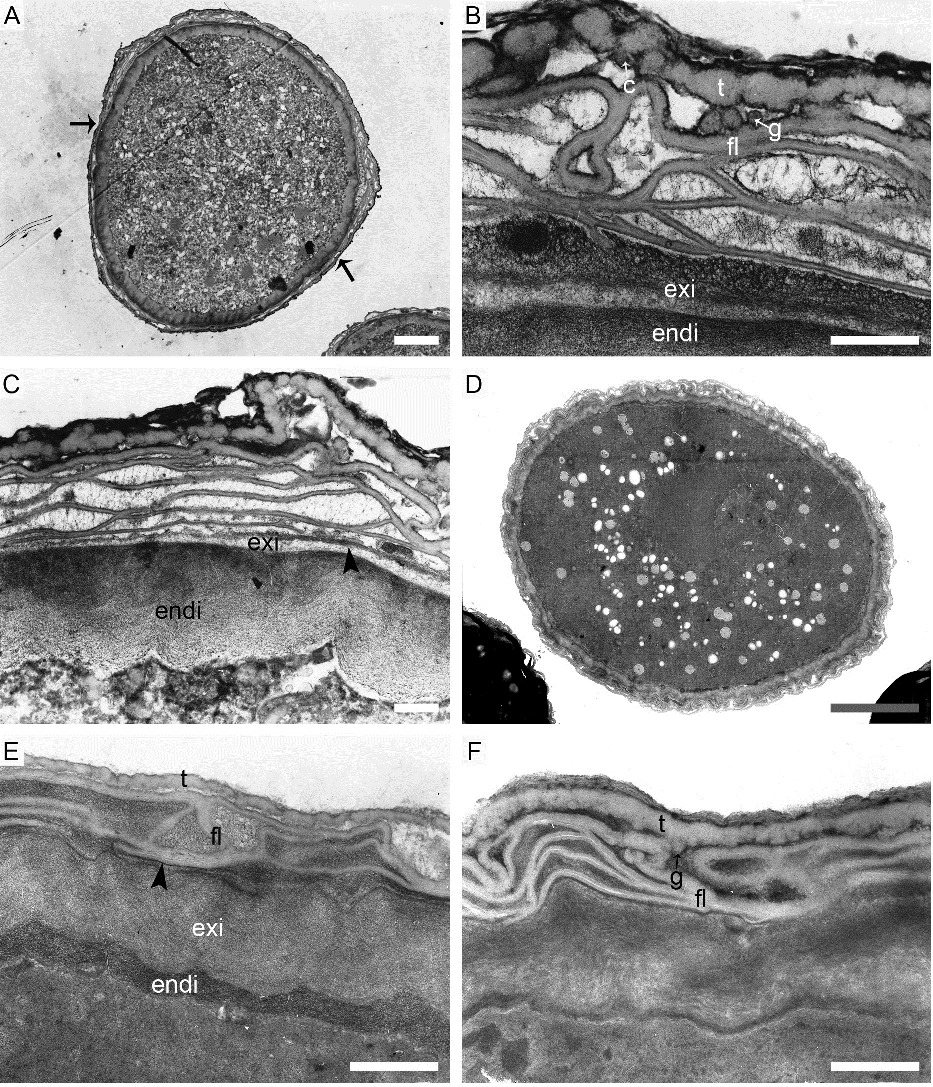Pollen morphology and ultrastructure of selected species from Annonaceae
Pollen is one of the most valuable sources of evidence for phylogenetic analysis, clarifying higher-level relationships, and studies of origins of the family. The Annonaceae have the greatest diversity in basal angiosperms among and within genera, not only at the macromorphological level but also at the pollen morphological level. Dr. Fengxia Xu, from Plant Science Center, South China Botanical Garden, together with Dr. Loius P. Ronse de Craene, from Royal Botanic Gardens, Edinburgh, investigated the morphology and wall structure of seven genera of Annonaceae, basing on the fresh pollen grains. The results indicate that the foot layer consists of continuous or irregularly contorted foliations. The endexine is distinct and thin, and varies slightly in thickness in some species, but is vaguely distinguishable in others.The controversy around the presence of an endexine in Annonaceae is discussed, but whether its presence is ancestral cannot be determined. This paper has been recently published in Plant Systematics and Evolution.

Fig1 SEM views of pollen grains(A,C,E,G) and ornamentation of sexine(B,D,F,H)of Cananga.

Fig2 TEM views of pollen grain showing the ultrastructure of the pollen wall
File Download: